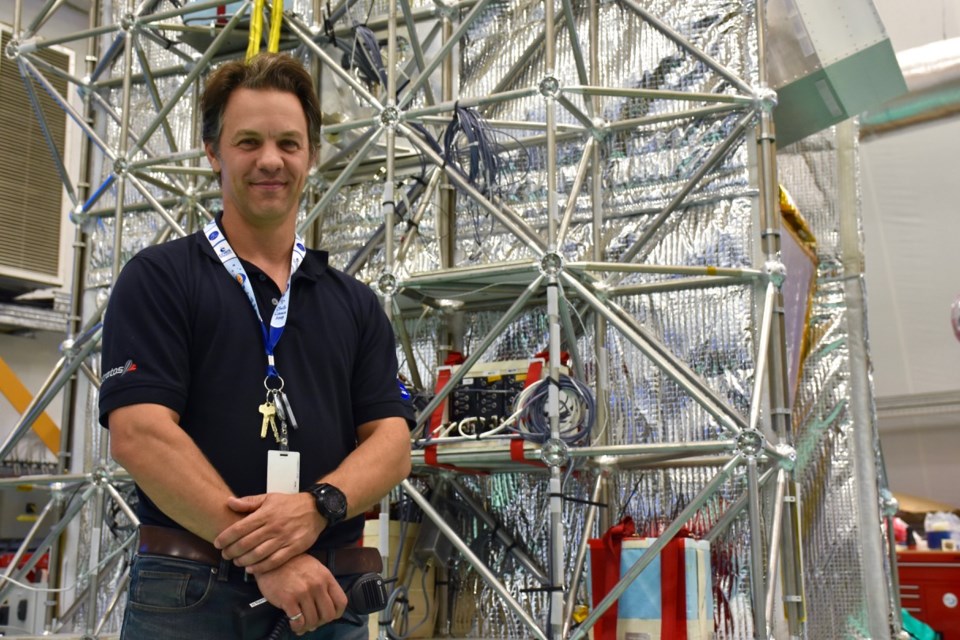A corner of the Timmins airport is a hub of international scientific activity.
For the second consecutive year, France’s Centre National d’Etude Spatiale (CNES) and the Canadian Space Agency (CSA) are launching stratospheric balloons from the Victor M. Power Airport in Timmins.
Sébastien Lafrance is a CSA systems engineer and is the mission manager for this year's campaign.
Friday afternoon was a rehearsal for the first of four launches this year, which will start Sunday, if the weather co-operates.
"(We're) making sure that everyone’s ready, that everyone really knows what they have to do, that they’re in the right position doing the right stuff in the right order and that nothing is missing. Pretty much like a rehearsal at the theatre, the actors will make sure that they’ve got everything nailed down to the specific detail. Well, it’s the same for us. We don’t want to do any mistakes, we want it to be perfect,” he said.
To launch the balloons, Lafrance said the perfect weather is no rain and almost no wind.
The balloons are large and carrying equipment for the scientists to gather information.
He said the first balloon is somewhere between 400 and 460 kilograms (881 to 1,014 pounds). The final launch of the French telescope for the experiment Pilot weighs 1,100 kilograms (2,425 pounds).
“If you take all the plastic from the balloon envelope, you could cover nine football fields. That makes a pretty good sail, so that means no wind,” he said about the largest balloon being launched.
There are three reasons for the stratospheric balloons.
"One is for science, we’ve got a bunch of climate change, climate studies experiments that are going to be flying on these balloons. This year we have two telescopes that will be looking at the universe,” said Lafrance.
Learning more about technology is another reason.
If something is going to be onboard a satellite, for example, they want to develop the scenarios and tools needed to take full advantage.
“Also up there you have a quasi-spacial environment, so there’s a bunch of technologies that will get more mature by testing them in that environment,” he said.
Inspiring the next generation is also important.
“It’s part of our mandate to make sure that we have people that will take over eventually. Those young people, we want to inspire them. We want to show them science can be cool and ballooning offers a relatively easy or low-cost access to space,” he said.
The first stratospheric balloon campaign in Timmins back in 2013 was a qualification campaign.
Launches were also made in 2014 and 2015. In the next two years launches were made abroad in Sweden and Australia, returning to Timmins in 2018.
The launch times are based on the requests of the scientists.
Lafrance said if Sunday's happens, it will be in the late evening.
“You won’t to be able to see it in the night, but on Monday morning look at the sky because if the launch happens, pretty sure we’ll be able to see it on Monday morning,” he said.



